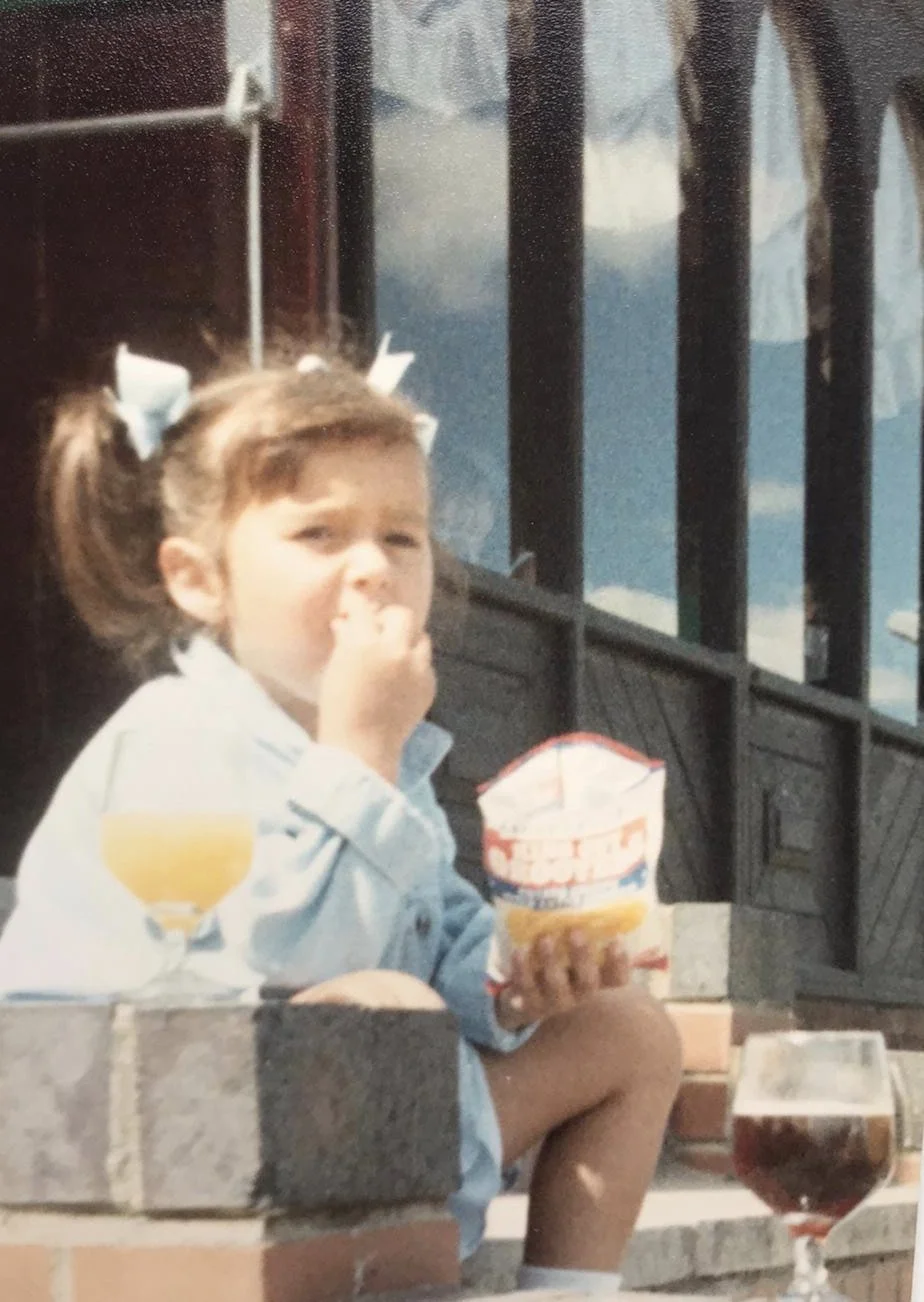Inner child work for cynics
A Practical Guide For People Who Don’t Do Meadow Skipping
Most high-functioning adults recoil when they hear the phrase “inner child work.”
You can practically see their soul leave their body as they imagine a therapist inviting them to skip through a meadow with a fictional toddler version of themselves.
I get it.
I used to be allergic to anything that resembled softness, need, or (God forbid) feelings. If a therapist had ever suggested I “write a letter to little me,” I’d have rolled my eyes and blocked them.
So let me reassure you:
inner child healing has nothing to do with whimsy and everything to do with neuroscience, survival psychology, and emotional literacy.
Let’s start with the basics.
1. You don’t have an ‘inner child’- you have an unchallenged neural blueprint
Your nervous system is not poetic.
It doesn’t speak in metaphors.
It speaks in patterns.
You learned how to relate to the world before you learned how to speak.
And whatever you learned back then you’re still doing now
If you learned to stay quiet to stay safe, you now “don’t want to make a fuss.”
If you learned your emotions were too much, you now apologise for crying.
If you learned that affection had conditions, you now date avoidant men like it’s a vocation.
Your “inner child” isn’t a mystical entity - s/he’s a set of encoded expectations about connection, safety, and worth created when your brain was still developing synapses like confetti.
2. Inner child work is essentially: ‘Update the operating system’
High-functioning adults love upgrades.
Phones. Laptops. Running shoes.
But ask them to update the emotional software installed in 1994 and suddenly they turn Victorian:
“No thank you, I’ll simply endure.”
Inner child work is not about reliving your childhood.
It’s about not letting a five year old run your adult life.
It’s:
reassessing beliefs that were formed before you had autonomy
interrupting protective behaviours that now cause more harm than good
teaching your body that safety doesn’t require self-abandonment
learning how to feel without shame or collapse
It’s practical. It’s evidence-based. It’s emotionally inconvenient.
And yes, sometimes it feels ridiculous because vulnerability always does.
3. Trauma isn’t what happened. Trauma is what your body had to do to survive what happened
Maybe you grew up around unpredictable adults.
Maybe you were emotionally parentified.
Maybe you learned early that your feelings were too big for the room.
Your body adapted brilliantly.
Self-sufficiency. Hypervigilance. Achievement. Logic. Independence.
And then one day, these strengths - your survival skills - became the very things blocking intimacy, pleasure, spontaneity, joy.
Inner child work is simply teaching your body the things your childhood never did:
that feelings are information, not threats
that needs don’t make you weak
that rest is not dangerous
that connection won’t always cost you something
This is biology, not mysticism.
4. You can’t think your way out of patterns that were created before you could think
My most intellectual clients can give TED-talk-level analysis of their trauma.
They can explain attachment theory, diagnose their ex, and quote Gabor Maté verbatim…
… yet they can’t say “I need help” without wanting to vomit.
Insight is lovely.
Insight is important.
But insight without embodiment is like reading a manual on swimming while drowning.
Inner child work reconnects you to the part of you that stopped feeling because feeling was unsafe.
It is not regression.
It is not role play.
It is repair.
5. Inner child healing isn’t cute. It’s confronting
It looks like:
telling the truth for the first time
allowing yourself to cry without apologising
admitting you’re lonely
expressing anger without shame
dropping the ‘I’m fine’ script
choosing relationships that don’t mimic the damage you grew up with
letting joy back in without bracing for loss
It’s messy and deeply unsexy.
It’s also the doorway to an adult life that isn’t ruled by old ghosts.
6. And yes - you might eventually rediscover play
Not because you’re being silly but because play is the language of a regulated nervous system.
Play is what happens when hypervigilance dissolves.
Joy is what emerges when shame loosens.
Ease is what comes when you stop living as though the next moment will explode.
Inner child work gives you back the parts you had to exile to survive your family.
That little girl on the step eating crisps?
She wasn’t weak.
She was adaptable, perceptive, and trying desperately to stay good enough for the adults around her.
Now she deserves an adult life that doesn’t feel like emotional firefighting.
This work is for her too.

